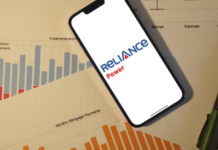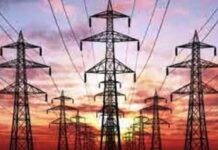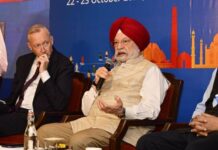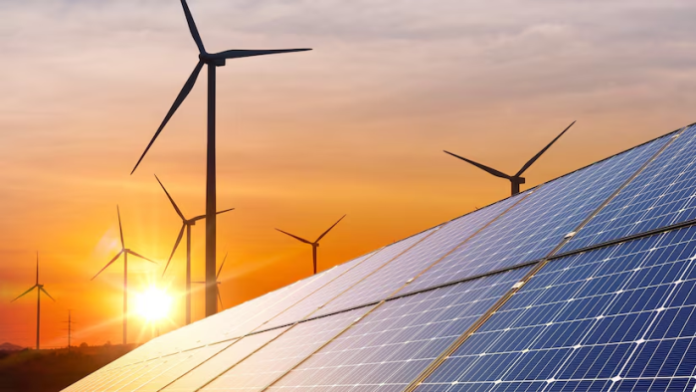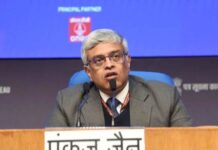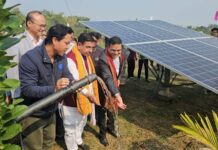New Delhi, September 21, 2024: In its journey towards a greener and more sustainable future, Gujarat has emerged as a trailblaser in the field of renewable energy.
With a strategic focus on solar power, the state is playing a crucial role in helping India achieve its ambitious renewable energy targets, contributing significantly to the national goal of 500 GW of renewable energy capacity by 2030.
Gujarat’s expansive solar initiatives are setting the standard for the rest of the country.
From solar panels adorning government buildings and people’s homes to vast solar parks, the state is actively leveraging its geographical advantages to harness solar power.
Jai Prakash Shivahare, MD, Gujarat Urja Vikas Nigam Ltd., said, “Currently, Gujarat is having overall installed capacity of 28 plus gigawatt in renewables. Out of that, roughly 14.5 gigawatt is solar. And we are number one in solar rooftop in the country, where more than 50 percent contribution of residential solar rooftop is coming from the state of Gujarat. We have a very supportive regime from the DISCOMs to promote residential solar rooftop. Besides, there is huge potential in our state.”
“Under the RE policy 2023, Gujarat aims to install 100GW RE by 2030 and contribute in a big way to the PM’s vision of 500GW RE by 2030. So we will contribute in a big way,” he added.
Spread across over 5,000 acres, the Charanka Solar Park in Gujarat’s Patan district stands as a monumental achievement in India’s renewable energy landscape.
With a capacity of over 600 MW, the park, otherwise a barren area, has played a pivotal role in positioning Gujarat as a leader in solar power production. Charanka has also set a precedent for public-private partnerships in renewable energy and has also created job opportunities according to the reports published in business-standard.com.
Dhruv Patel, a worker at Charanka Solar Park said, “Charanka is Asia’s number one solar plant. It has provided us with employment. The land here was barren. That is why this solar development took place here. It has benefited everyone. Now the power generated from this plant is being distributed to our village and the entire city and is connected to the Gujarat grid and the Indian grid”.
Gujarat is not only focusing on solar energy but also looking at hybrid renewable energy projects, integrating wind and solar power to enhance reliability and efficiency.
The state’s Integrated Renewable Energy Policy of 2023 provides a stable and predictable framework for investors. Additionally, Gujarat offers land allotment policies, connectivity on demand, and off-ticker guarantees to facilitate renewable energy projects.
Jai Prakash Shivahare, MD of Gujarat Urja Vikas Nigam Ltd. said, “RE policy also covers offshore wind and emerging technologies. Besides, there is also off-ticker guarantee sort of because there are a lot of third party and captive users in our state. And state utilities like GUVNL, provide off-ticker guarantee, which helps them to ensure that their projects are viable, and they get easy financing. So the overall ecosystem is there in the state, which provides Gujarat its leadership position in renewables”.
During the 4th Global Renewable Energy Investors Meet and Expo in Gandhinagar, Prime Minister Narendra Modi also acknowledged Gujarat’s leadership in renewable energy.
He also met beneficiaries of the PM Surya Ghar Muft Bijli Yojana during his recent visit to Gujarat. The government scheme has encouraged people in Gujarat to embrace rooftop solar as a sustainable and profitable venture.
Gujarat’s leadership in the renewable energy sector serves as a blueprint for other states.
As India strives to achieve its ambitious renewable energy targets, Gujarat’s initiatives demonstrate how states can play a crucial role in driving sustainable development and a greener future.








